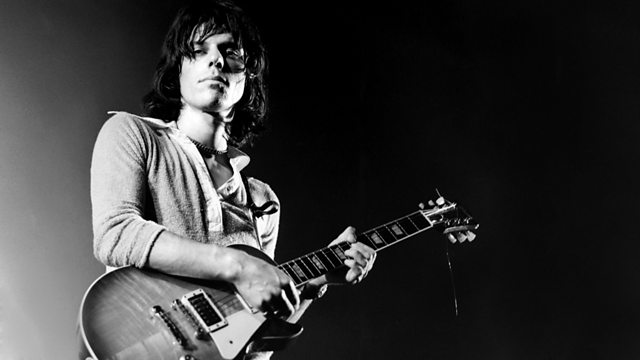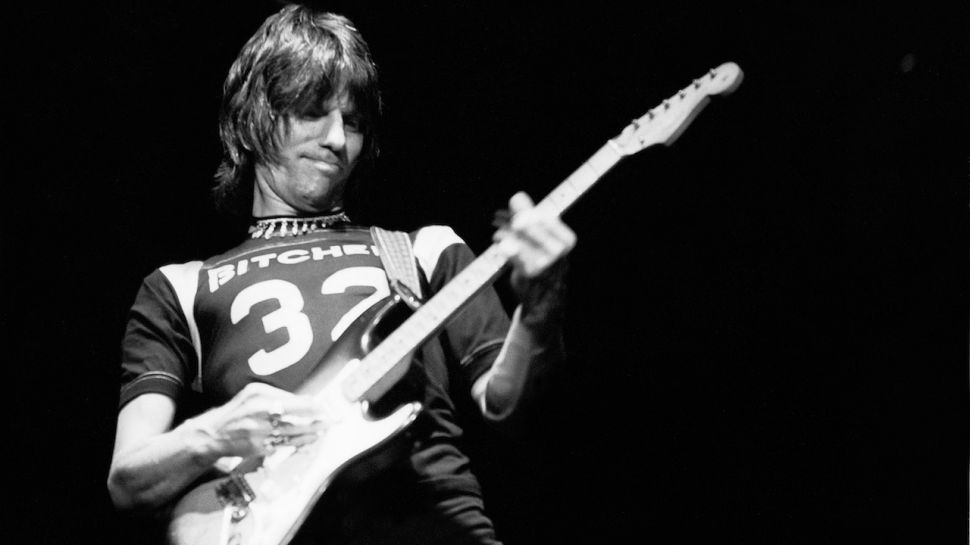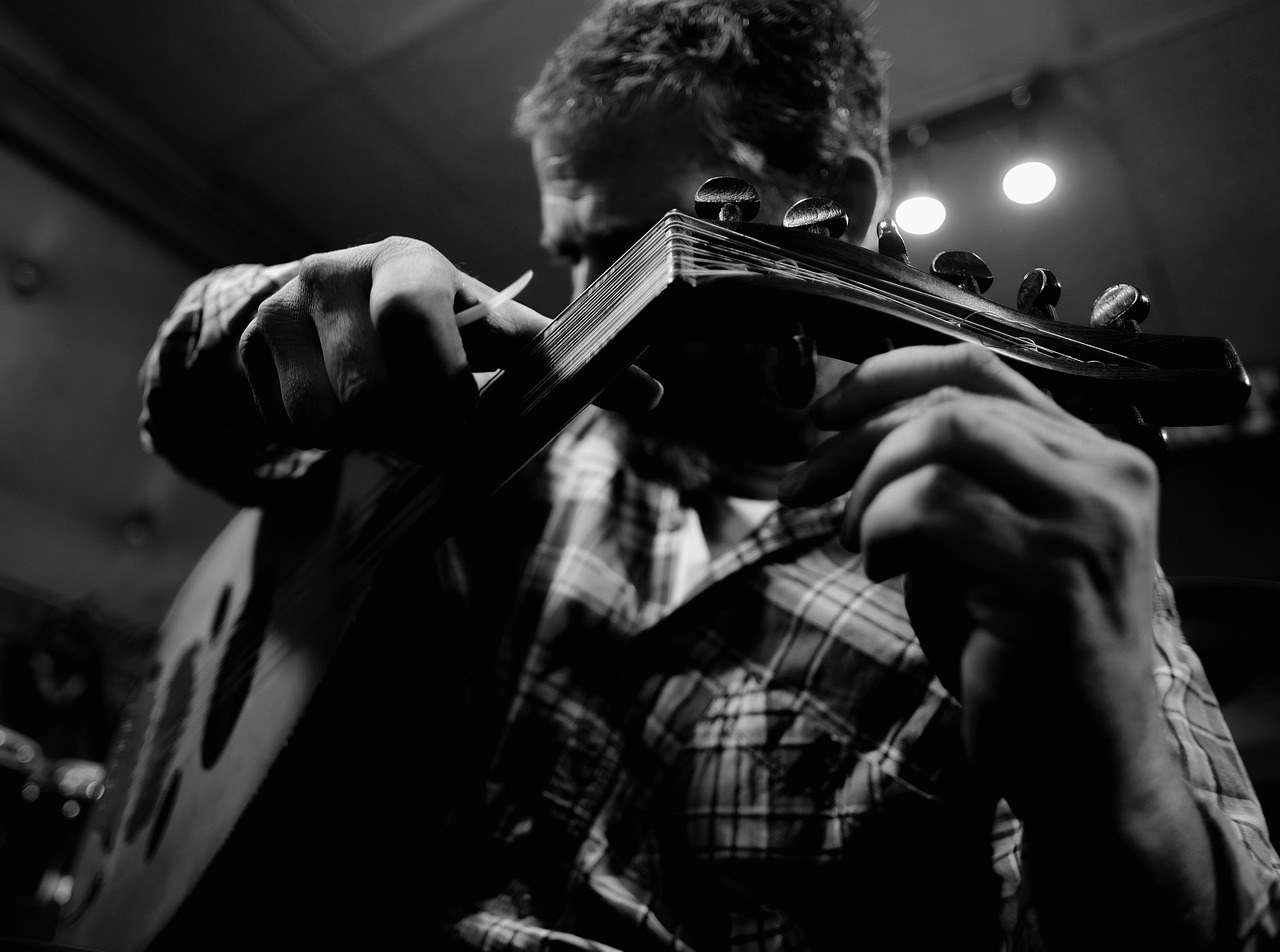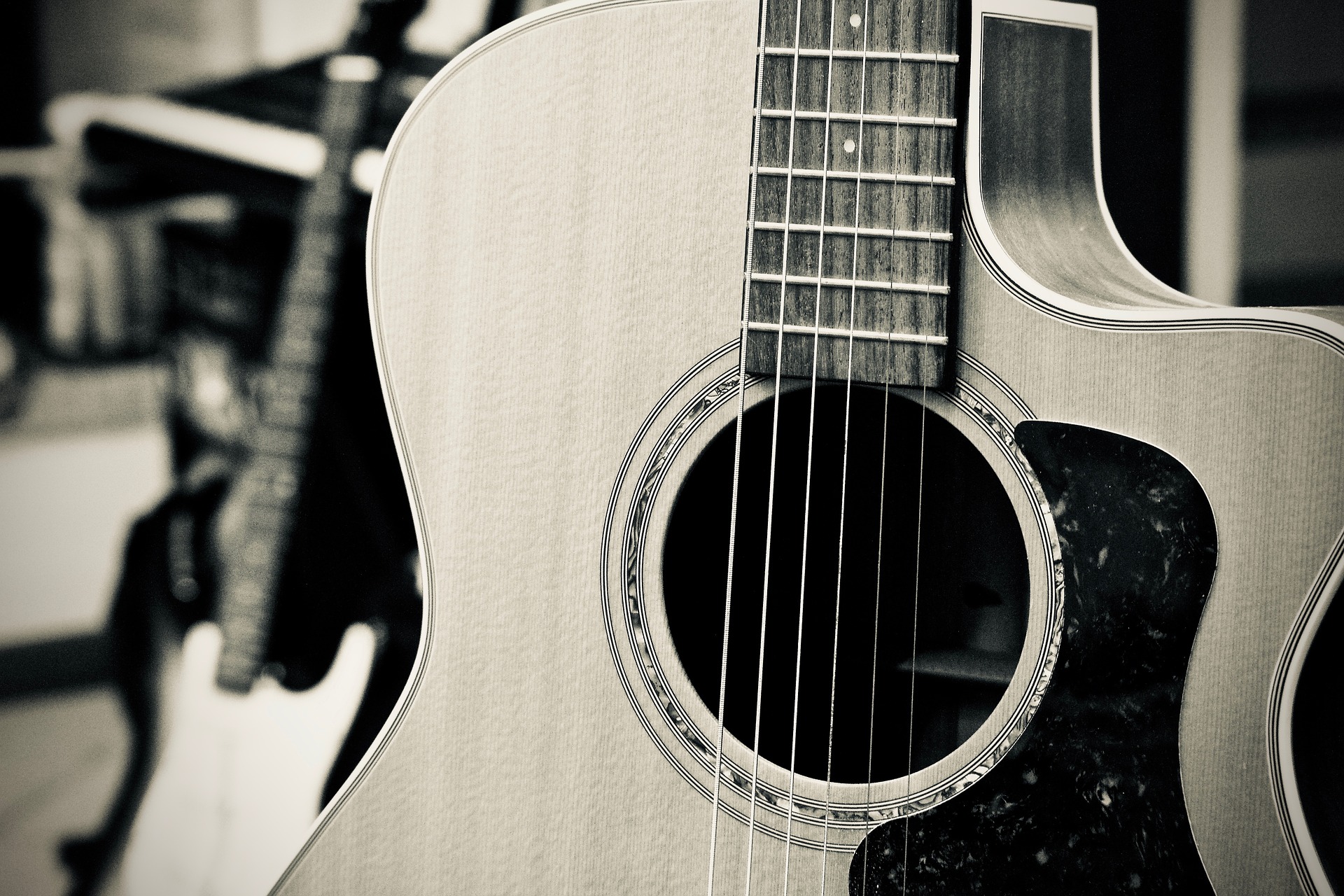If you’ve ever taken a closer look at how Jeff Beck approaches soloing then you’ll notice that he’s not one of those guitarists that uses every inch of the fretboard while rattling off a ton of notes. Instead, he confines himself to relatively small areas of the guitar neck yet seems to be able to come up with an endless array of licks, runs and dirty noises in general. In fact, you’ll see him use the rest of the fretboard, in combination with the wang bar and harmonic effects, to approach his favored soloing area. There’s no unwritten law that says you have to know and play everything all over the fretboard, but how do you get that variation of sounds within the span of a few frets?
Less is more
Let’s start with the famous ‘Eric Clapton’ pentatonic box as shown below in A. This cuts out the necessity of spending months learning a bunch of new patterns so that we can get straight to the good stuff.

This pattern will save your ass in a great deal of playing situations, but it can become stale very quickly. To add a little harmonic variation we’re going to modify just the top part of it as the smaller the modification, the quicker you’ll be able to incorporate it into your playing.
In the following diagrams the notes in blue are our modifications and will indeed give you the Mixolydian mode but safely within the confines and comfortable hand position of possibly the most familiar scale pattern on earth.

The b7 and major 3rd combination provide that strong Mixolydian sound; also try bending the 2nd up to the 3rd and the 6th up to the b7 for a nice effect. You already know where the root notes are, so keep those in mind in relation to our modified notes. By the way, all these modifications will work over a dominant 7 chord, in this case A7.
Minor modifications
Let’s make a tiny modification to the Mixolydian scale to get the Mixolydian b6 scale.

I’ve kept it to one note here so you can practice incorporating this new and slightly tricky sound. The benefit of this kind of exercise is twofold: a) you’re not just running up and down scales and b) your focus is on sound as oppose to technique.
Going further out
The next scale we’re going to superimpose is the Lydian b7. As you can see in the diagram below, the Clapton Box is still there albeit a lot more warped now. This one takes a little more getting used to but shouldn’t be a huge jump from the blues scale as it’s virtually the same notes.

Still further out
Our final modification brings in the Phrygian Dominant scale, which you might not want to whip out during a blues jam but does provide for an interesting effect over a dominant 7 chord, or indeed a dominant 7b9 chord.

The distance of three semi-tones between the b2 and the 3rd is what gives this scale its distinctive sound. Play around with it to avoid getting that cheap Indian take-out sound though.



